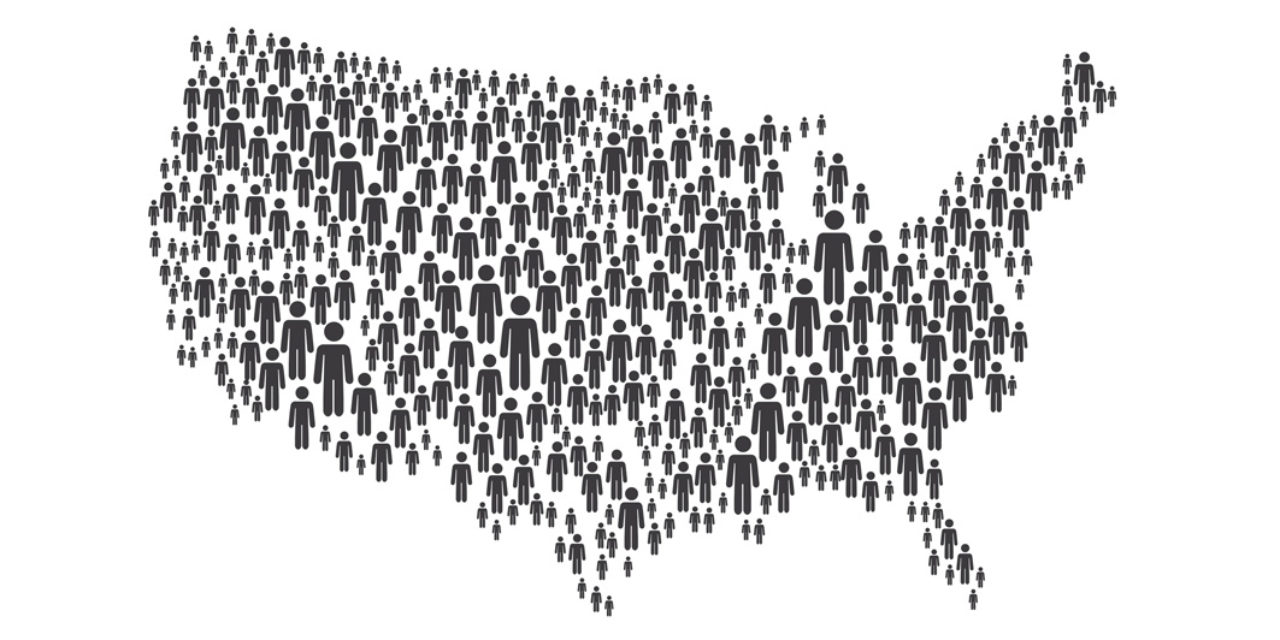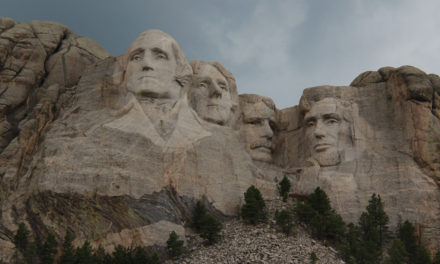This week, the 2020 census begins as members of the U.S. Census Bureau enter Toksook Bay, Alaska to start the nationwide count. The U.S. Census Bureau starts in Alaska because many of the remote villages are, ironically, more easily accessible in winter with a cover of snow and ice. It will move on to the rest of the country in March.
To a certain extent the census can seem like a rather boring endeavor. After all, counting every head in the country is a rather thankless job, but it is an incredibly important one. Not only does it determine the number of members in the U.S. House of Representatives from each state and the voting power of each state in the Electoral College, but it also gives historians and family genealogists the ability to establish family relationships, locations and other details.
In fact, while searching for more information on my father’s biological family history (he was adopted as an infant), the U.S. census records were invaluable. It helped establish family connections and also provided some interesting facts about some of my ancestors, things we would never know about without the census.
Here are some interesting tidbits that I’ve learned about my family by tracing it through the census:
1790: Honestly, the nation’s first census leaves much to be desired. The only questions asked were the number of free white males, number of free white females, the number of other free persons and the number of slaves. But my family’s ancestors had the honor of participating in that first census. Joseph Yards Provance, my great- great- something grandfather, was born in Pennsylvania, served in the Revolutionary War and was among those counted in the first census.
1830: The census finally came on a standardized print form in 1830, all others were done by hand. This does help standardize the process, but at this point everything is still general. Just number of males and females of a certain age. Only the head of the household is named.
Census in 1850-1870: By 1850, the Census detail is much richer. It reports that Joseph’s son Jessie was a farmer, he had land worth $600 in Pennsylvania, and that his wife, Cecilia, was illiterate. By 1860, his real estate investment had taken a hit. The value of Jessie’s property had dropped from 600 to 500, but he now had a personal estate of $225. By 1870, things have changed and basically all the children have left the home, many of the boys ended up serving in the Civil War for the Union Army. The only exception is their youngest child, Mary, and two small children who were likely relatives. Luckily, for him at least, the property value didn’t change.
1880: John W. Provance is next in the family line, and his family moved from Pennsylvania to West Virginia. John has also taken in his brother-in-law, who is identified on the census as “idiotic.” Keeping with family tradition, the Provances are still farmers but now mostly literate.
1900: At the turn of the century, things have changed quite a bit for John. His first wife had died so now he is married to Mary, who is 26 to his 76 (yuck) and they’ve been married for 10 years (double yuck). Mary’s given birth to five children, but sadly only four are living, which was not unexpected for the time. John is still a farmer in his old age, but his home and farm are owned free and clear. For the second time, the census asks if the household members speak English, a clear reaction to the large-scale immigration from Germany, Russia, China, and other countries.
1910: Things changed drastically during the previous decade. Lewis Provance, John’s son, left farming behind and is identified as a “laborer” on the Census, which could mean he worked odd jobs, street work, garden, nursery, or on the railroad. He has settled in Missouri, which is where our family is from. The jobs his older sons have reflect an evolving world with one working as an “elevator boy” and the other as a “salesman” at a grocery store (one of them was likely blind or deaf, the census markings are unclear).
1920: After the First World War, Lewis now finds himself working as a night watchman at a soap factory. His boys are working in a variety of different jobs including two as bellboys, one as a helper at an electrical company and a couple at a cigar factory. It goes to show that the country and jobs are changing in response to a growing use of technology.
By 1930, the family, headed now by Lewis’ son Walter, had finally made it to the Kansas City, Missouri area, where my father was eventually born. It was also the first year my grandmother appears on the census.
Without the census, it would’ve been nearly impossible to trace back my family tree. My father’s entire biological family had no idea we had an ancestor who fought in the Revolutionary War, but that’s the power of the census.
So, when you get either an email, phone call or a knock on your door, don’t be put out because you never know who will be looking back on it. Censuses back in the day definitely looked different, questions about whether someone could read or write are no longer asked and are simply expected, but it gives us a little snapshot, perhaps the only one, into the lives of the men and women of the past.
And if you’ve never utilized the resources of Ancestry.com or other genealogy websites, it is something I highly recommend. You never know what you might learn.






